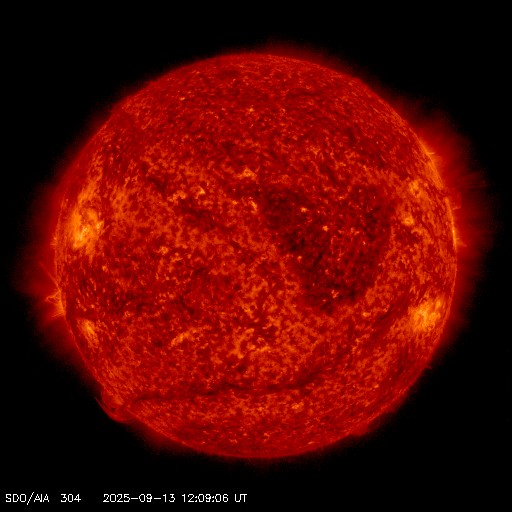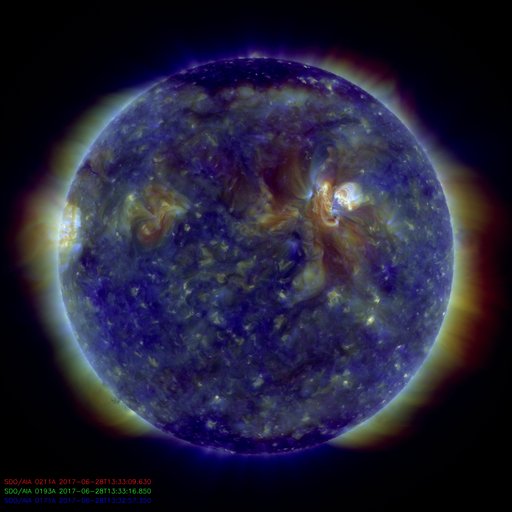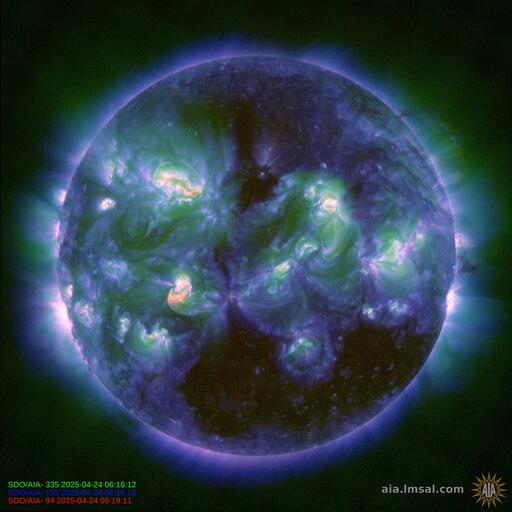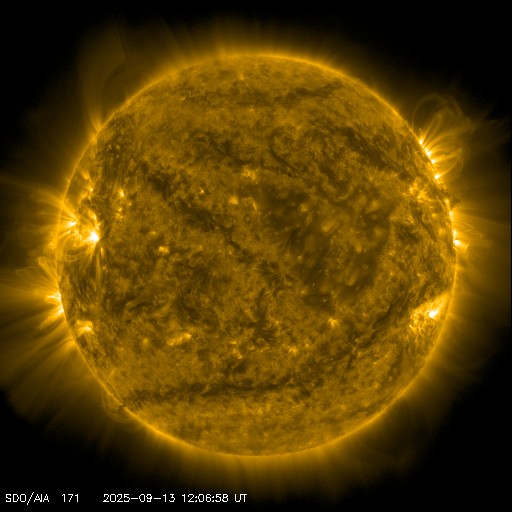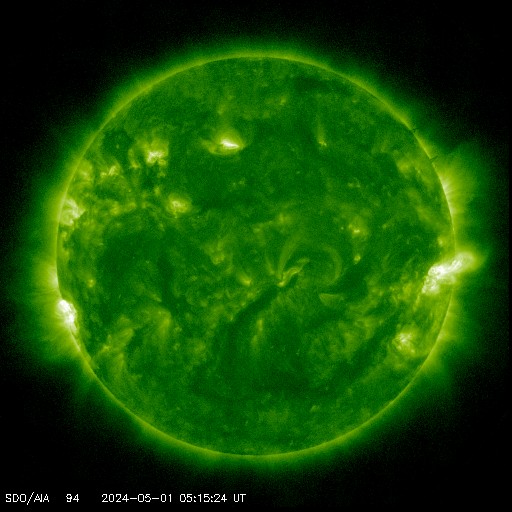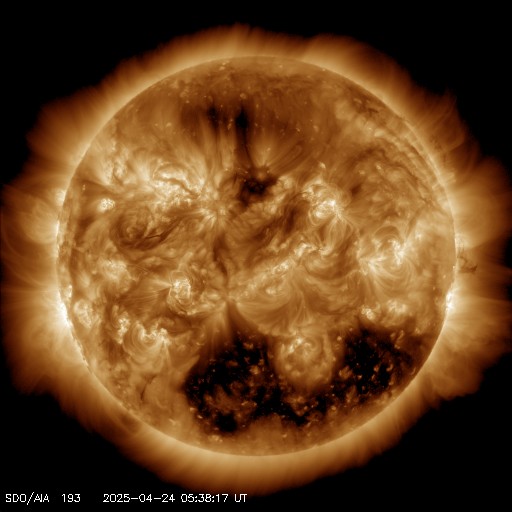
Updated @ 20:48 UTC May 10, 2012
Sunspot 1476 has not lost any steam as it turns into a direct Earth facing position. On May 11th at 04:18 UTC 1476 produced a M5.7 flare, that was closely followed by a C7.9 flare @ 05:10 and a C8.3 flare @ 05:22 UTC. It would appear that there was a CME produced in association with this M5.7 flare. The CME had a eastward direction of ejection. Because of this, more data is needed to know if this will be geoeffective or not.
Major flares are possible from 1476.
While these flares are going on, the solar winds hitting earth aer at 642km/sec, density is broken because it's saying density is at 0.1 (hahaha NOT), Bz is right now at 4.0+
geomagnetic conditions are: Unsettled.
Stay tuned to My Solar Alerts for all updates.
geomagnetic conditions are: Unsettled.
Stay tuned to My Solar Alerts for all updates.
Researchers at NASA’s Solar Dynamics Laboratory called this new region a “monster sunspot.” This region, labeled AR 1476, is gigantic in terms of sunspot regions: It measures about 60,000 miles across.
Since the sun takes 26 days to make one full revolution at the equator, the monster sunspot region will continue to be a threat to Earth for at least the next 13 days.
Credit: CNN Blog
Updated @ 20:48 UTC May 10, 2012
Sunspot 1476 has produced a M1.7 flare peaking @ 20:26 UTC. As 1476 is now in a direct earth facing position, we will continue to monitor for and report on any CME's.
SOLAR ACTIVITY INTENSIFIES: Huge sunspot AR1476 is crackling with M-class solar flares and appears to be on the verge of producing something even stronger. The sunspot's 'beta-gamma-delta' magnetic field harbors energy for X-class flares, the most powerful kind. Earth is entering the line of fire as the sunspot rotates across the face of the sun.
Credit: Spaceweather

